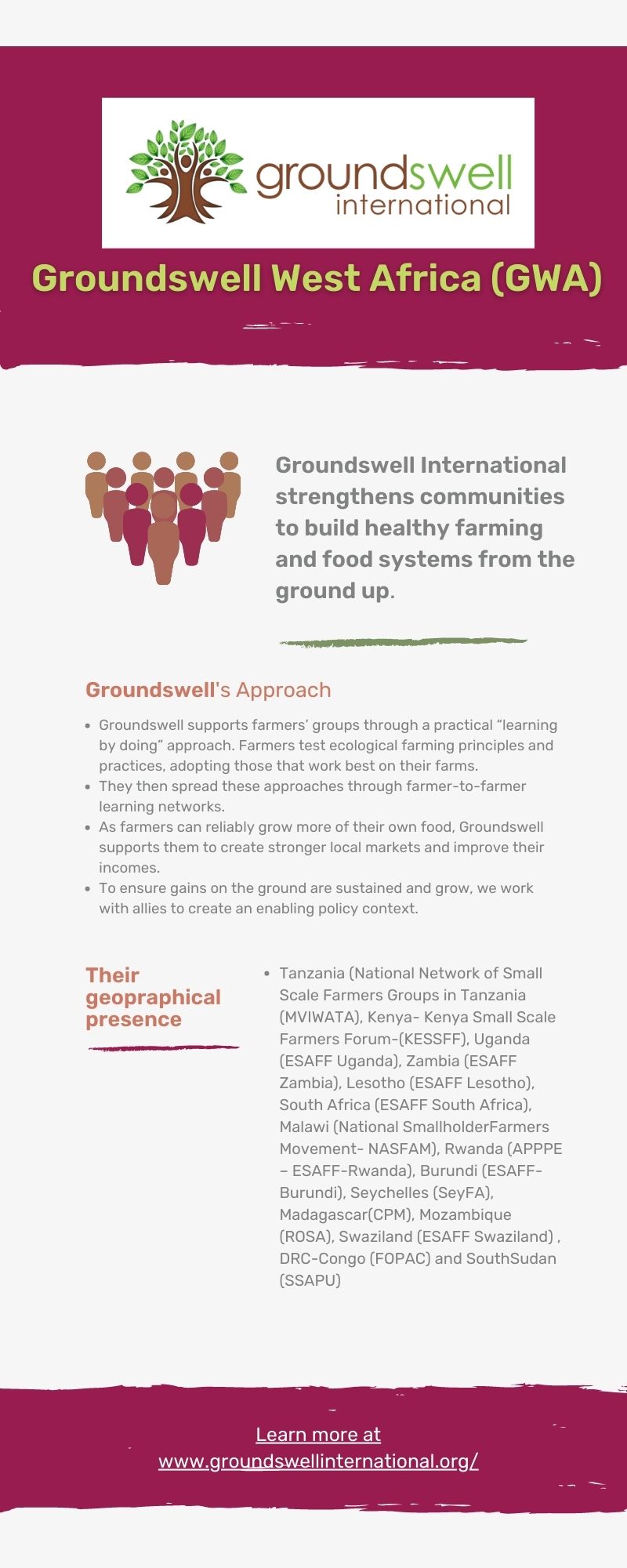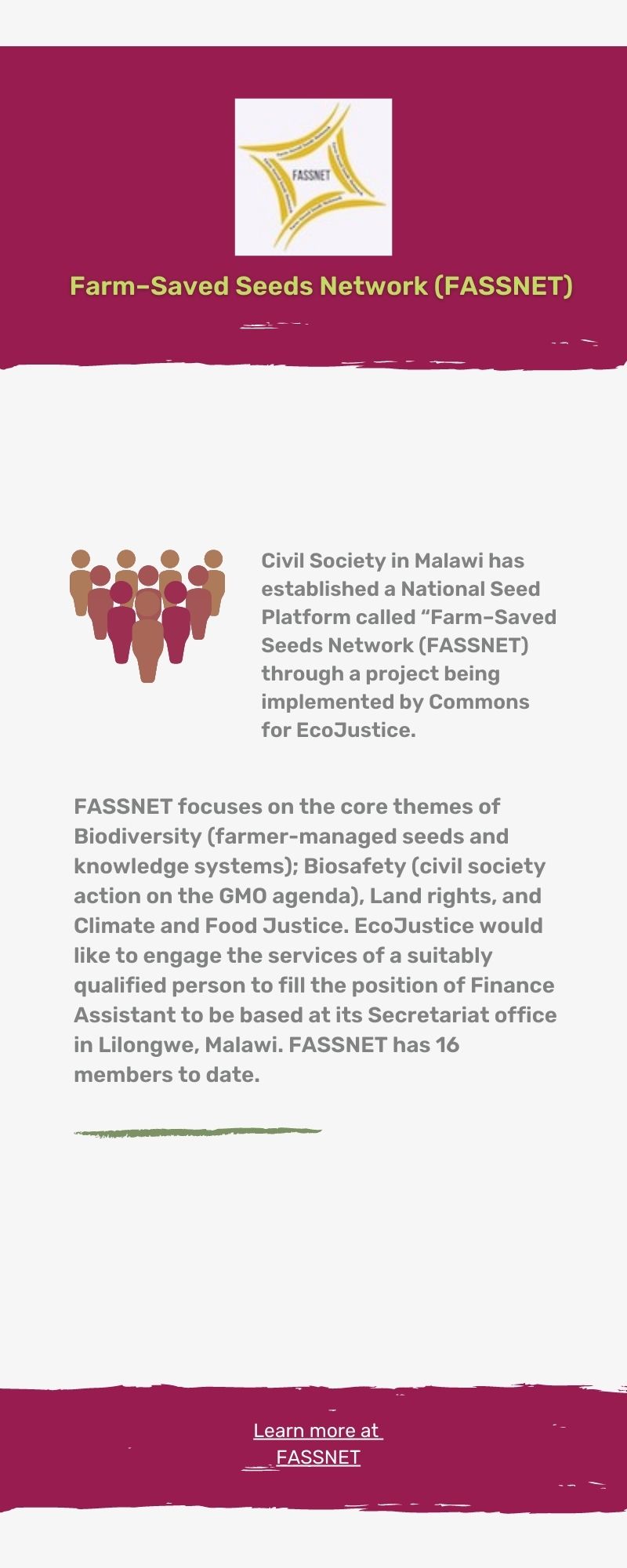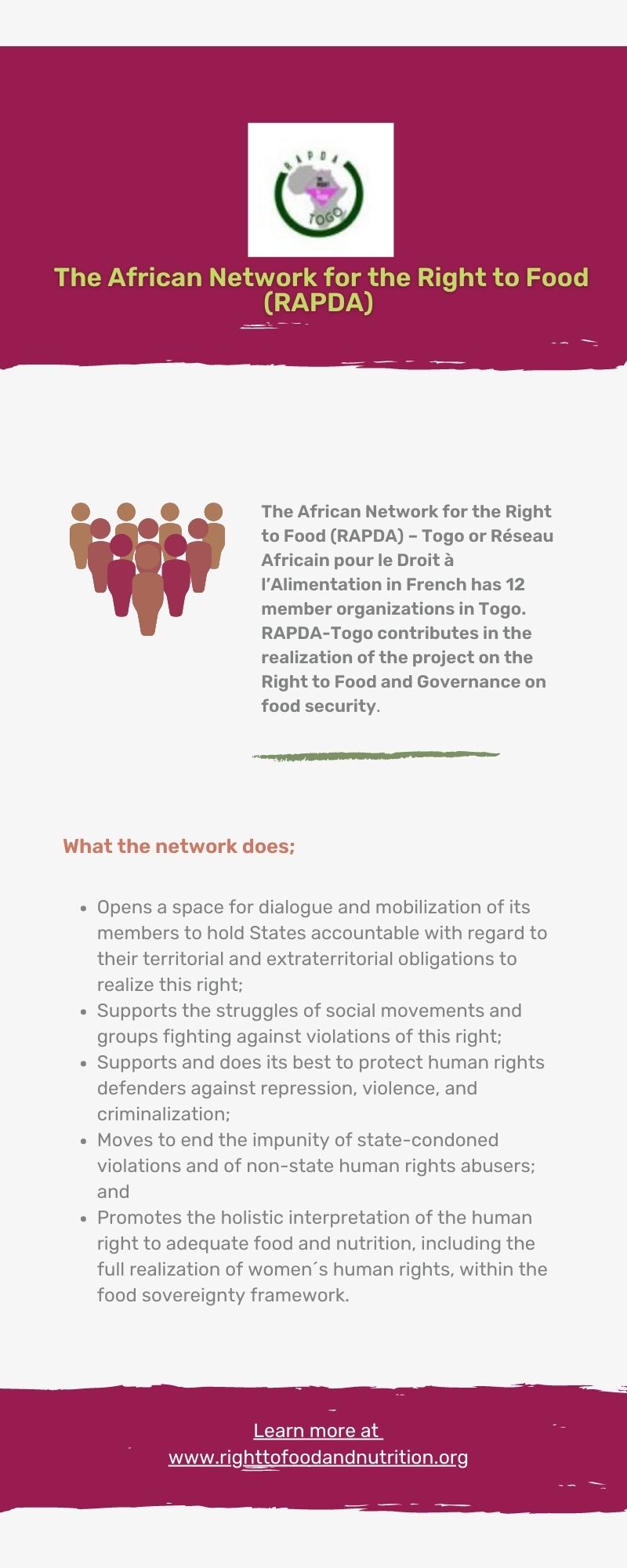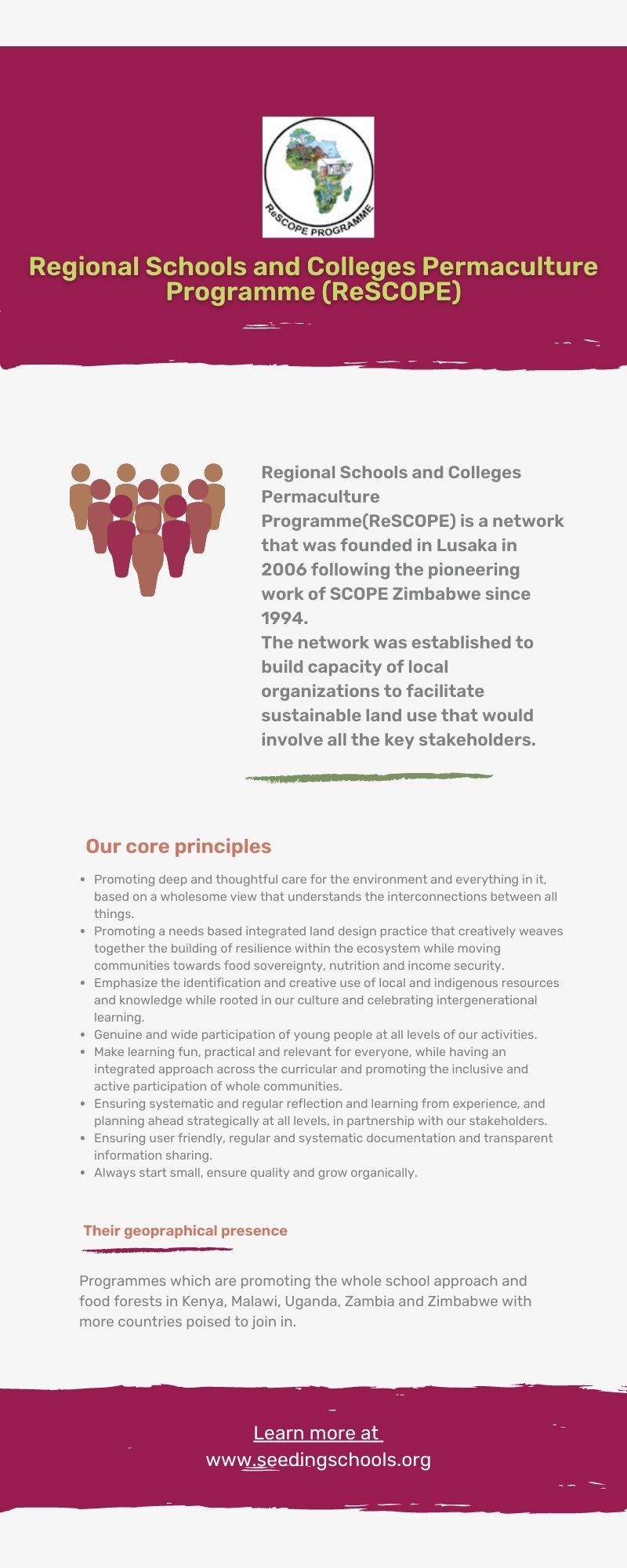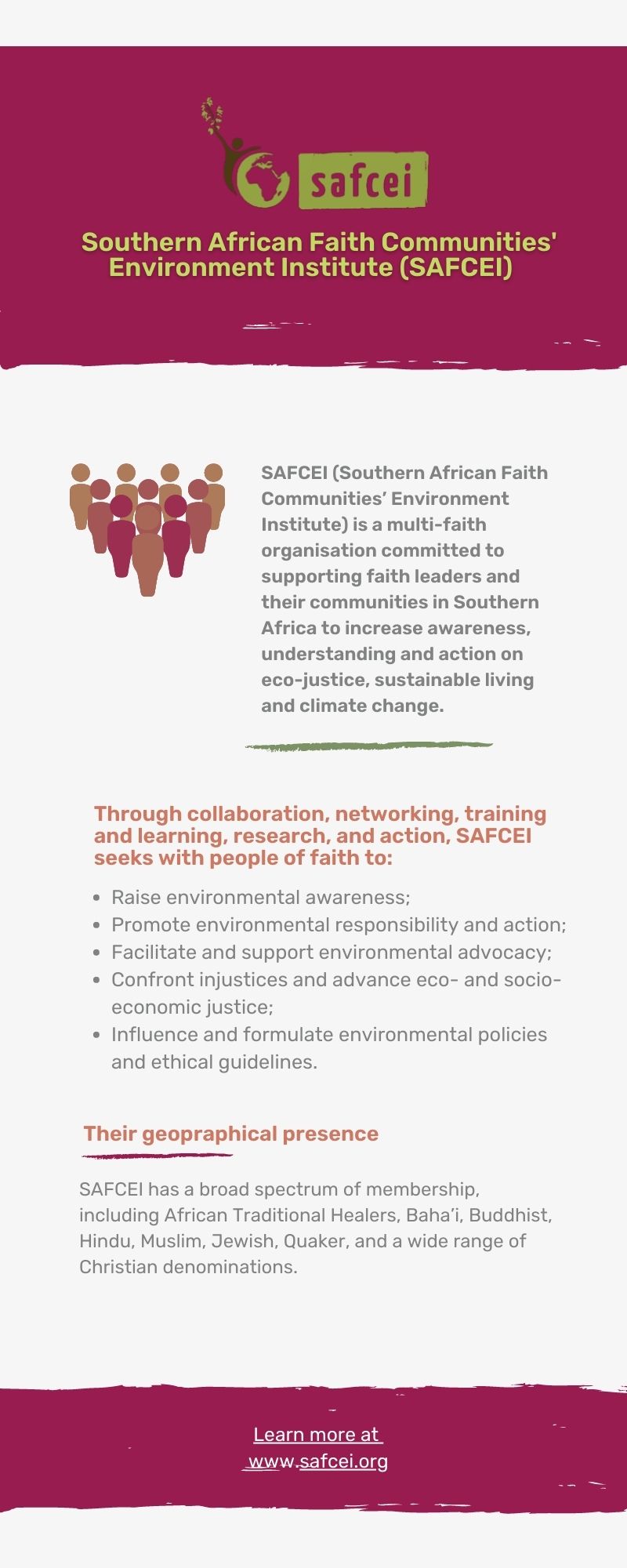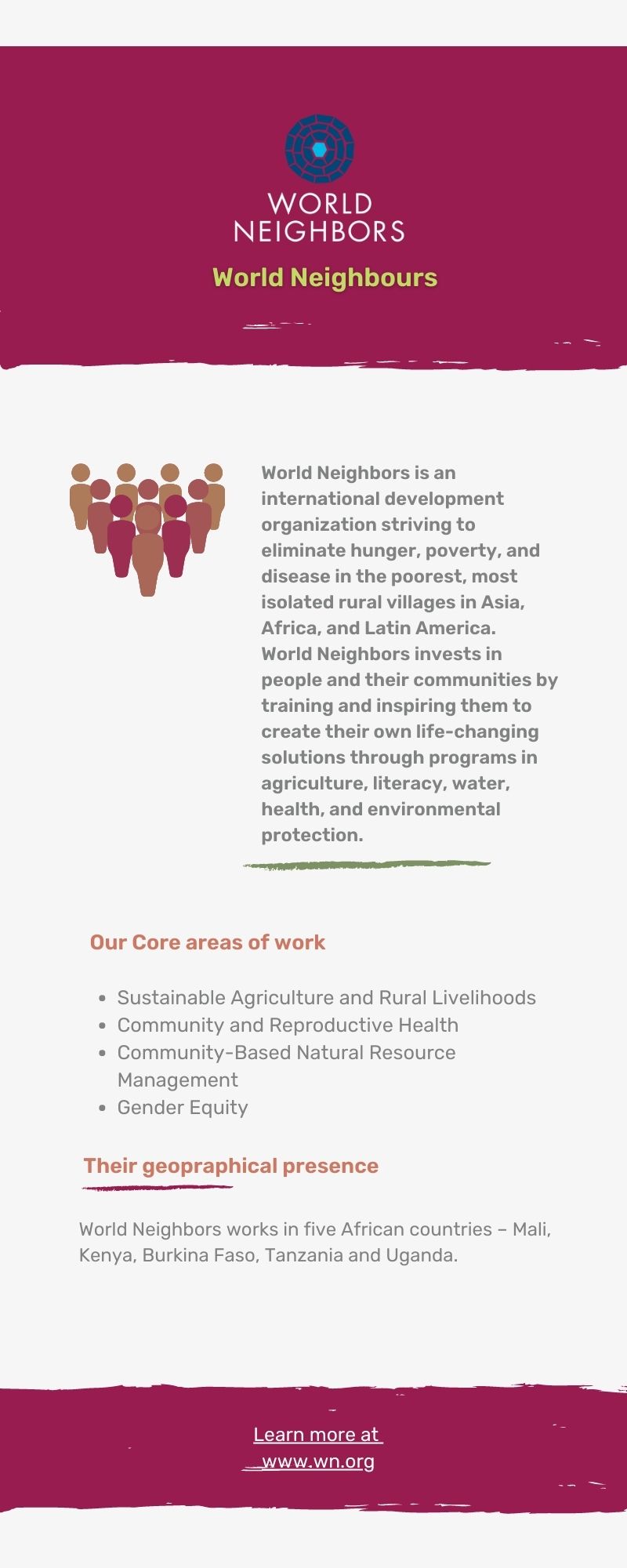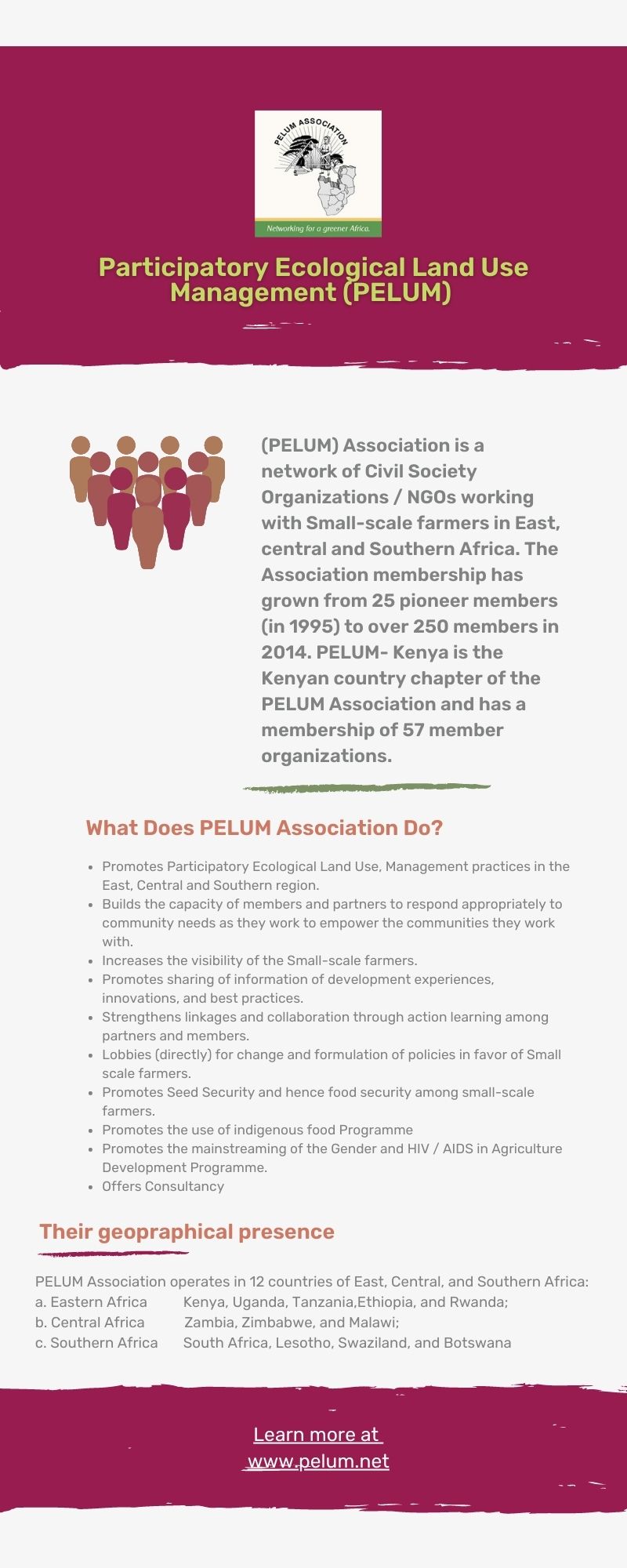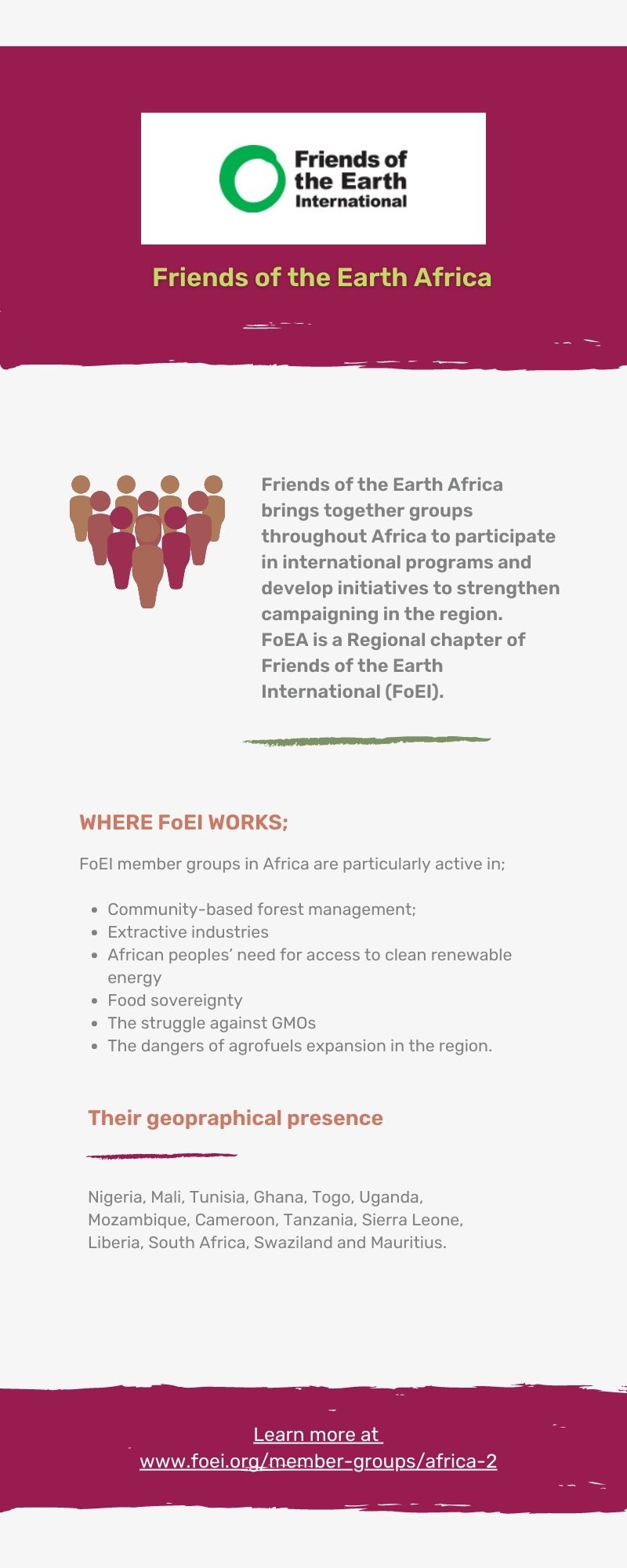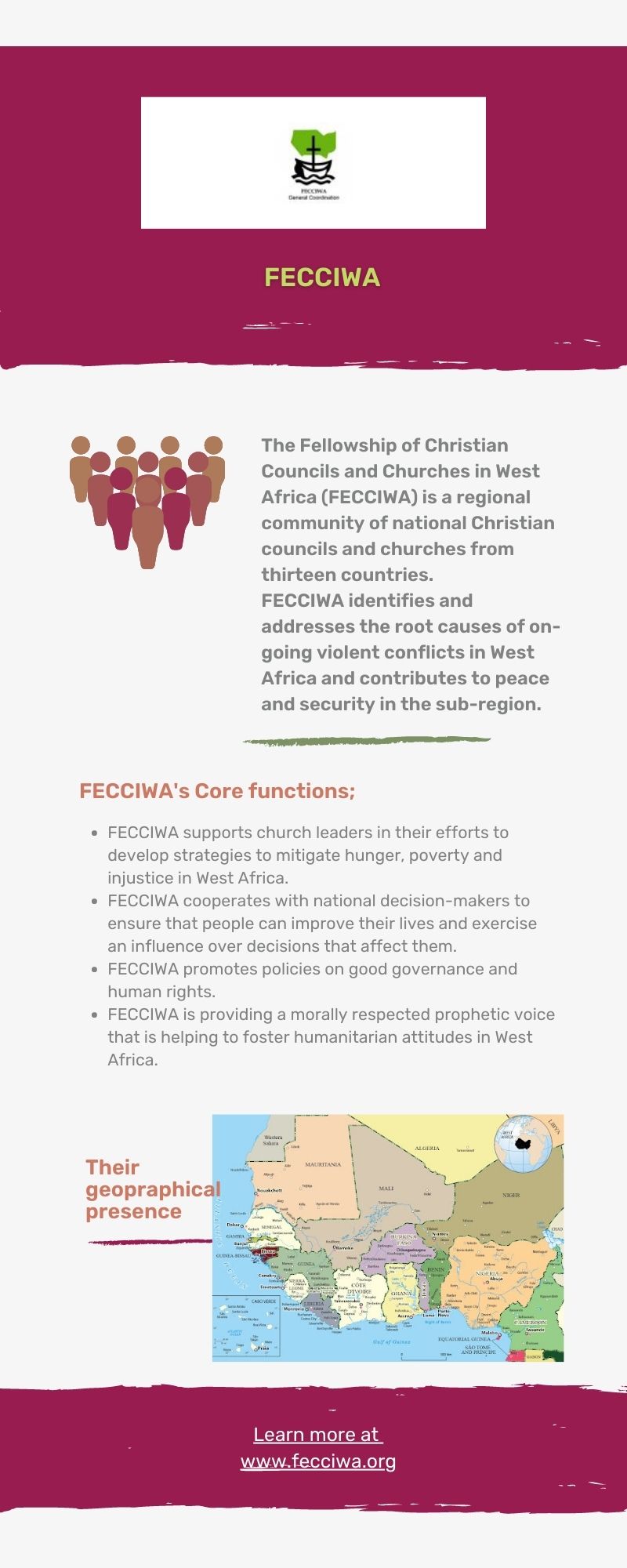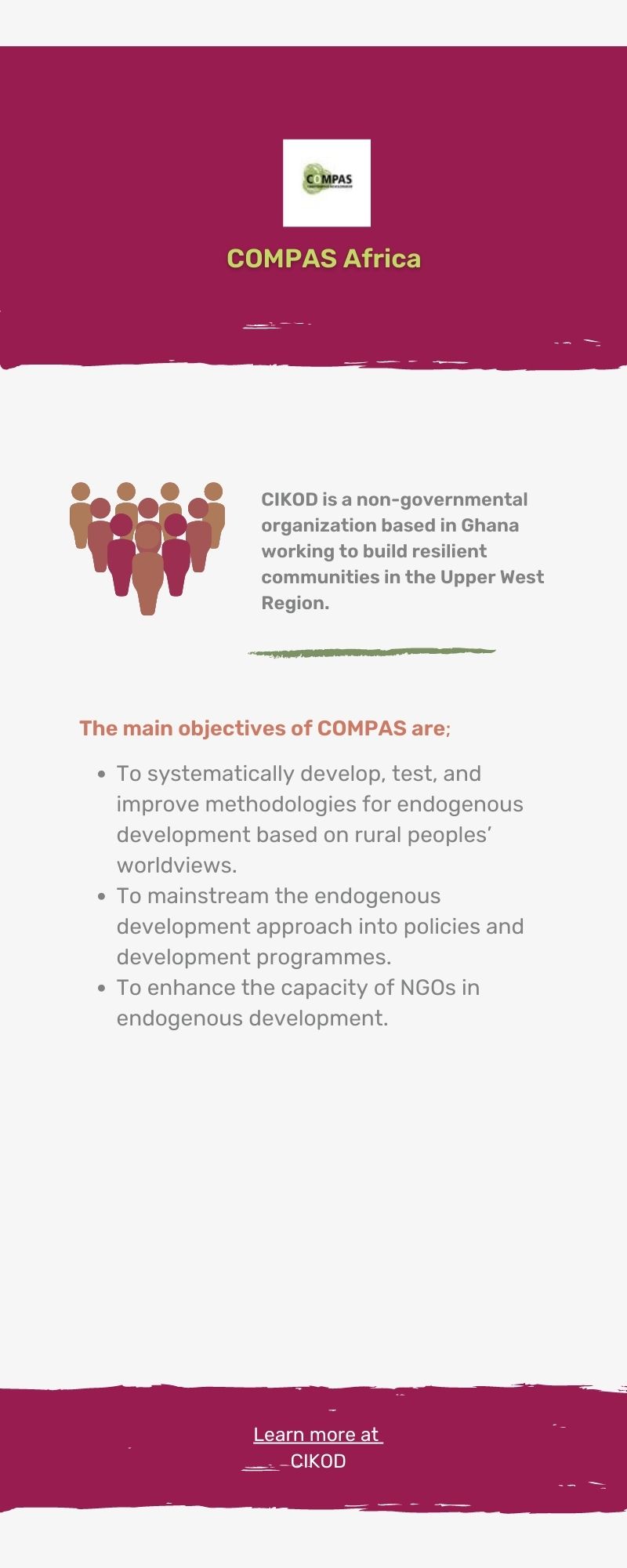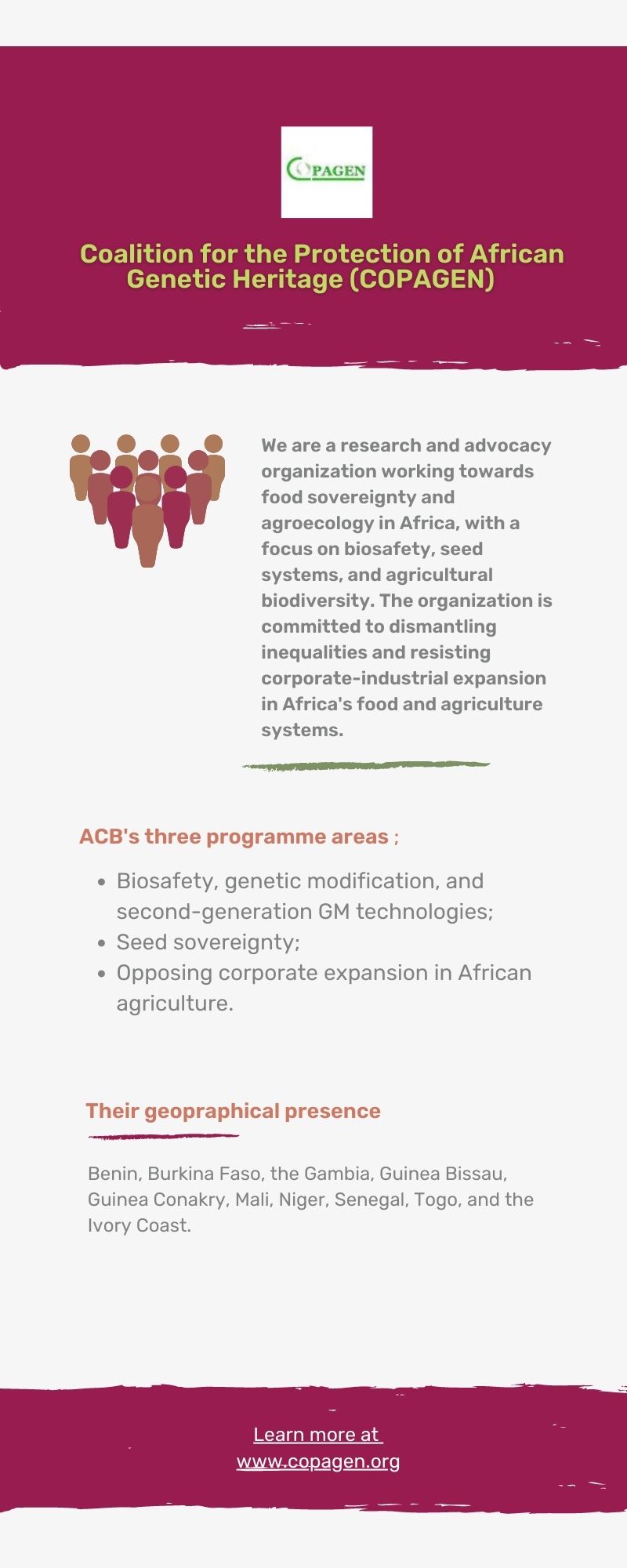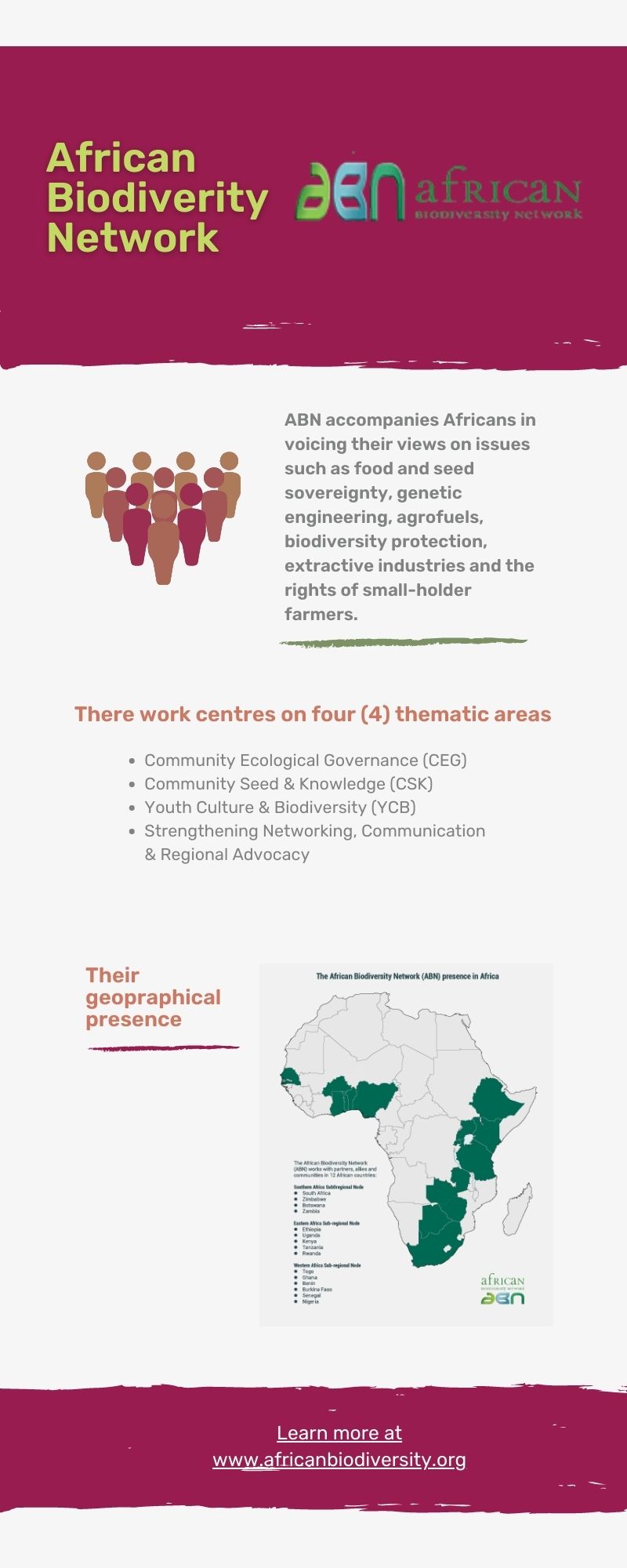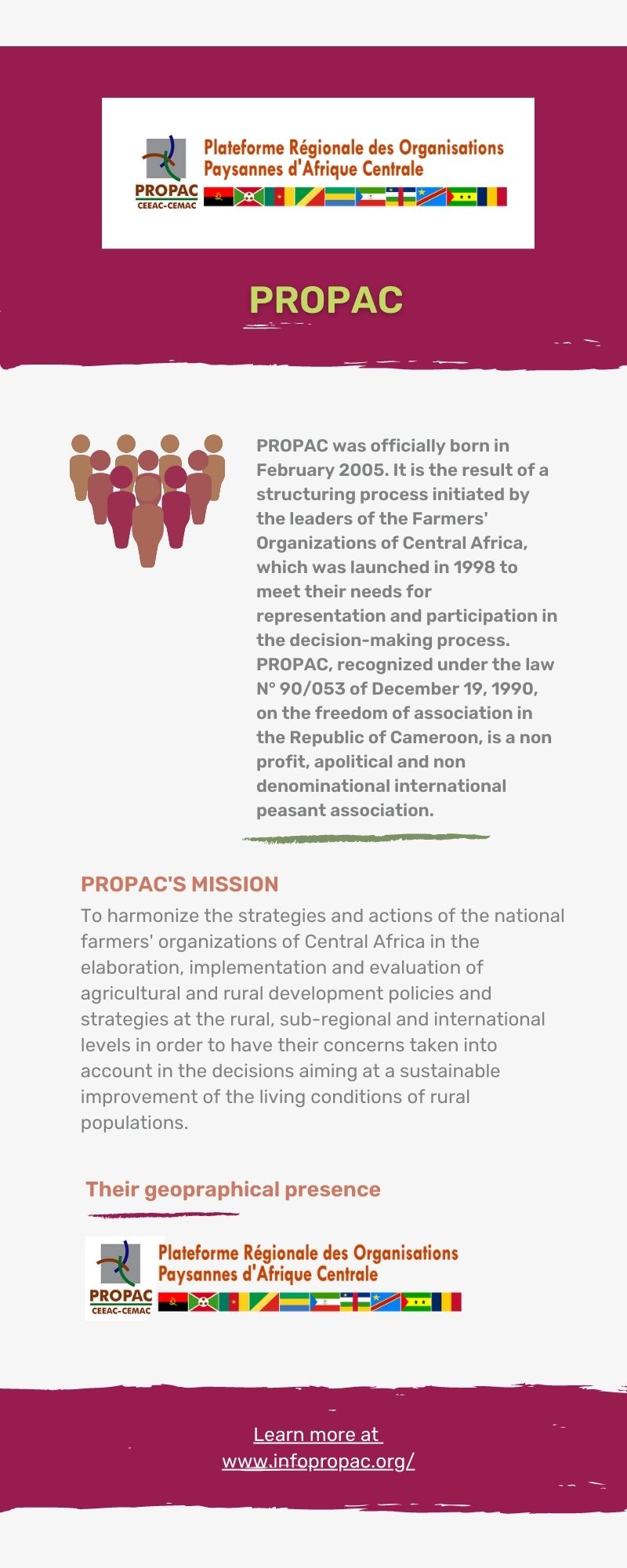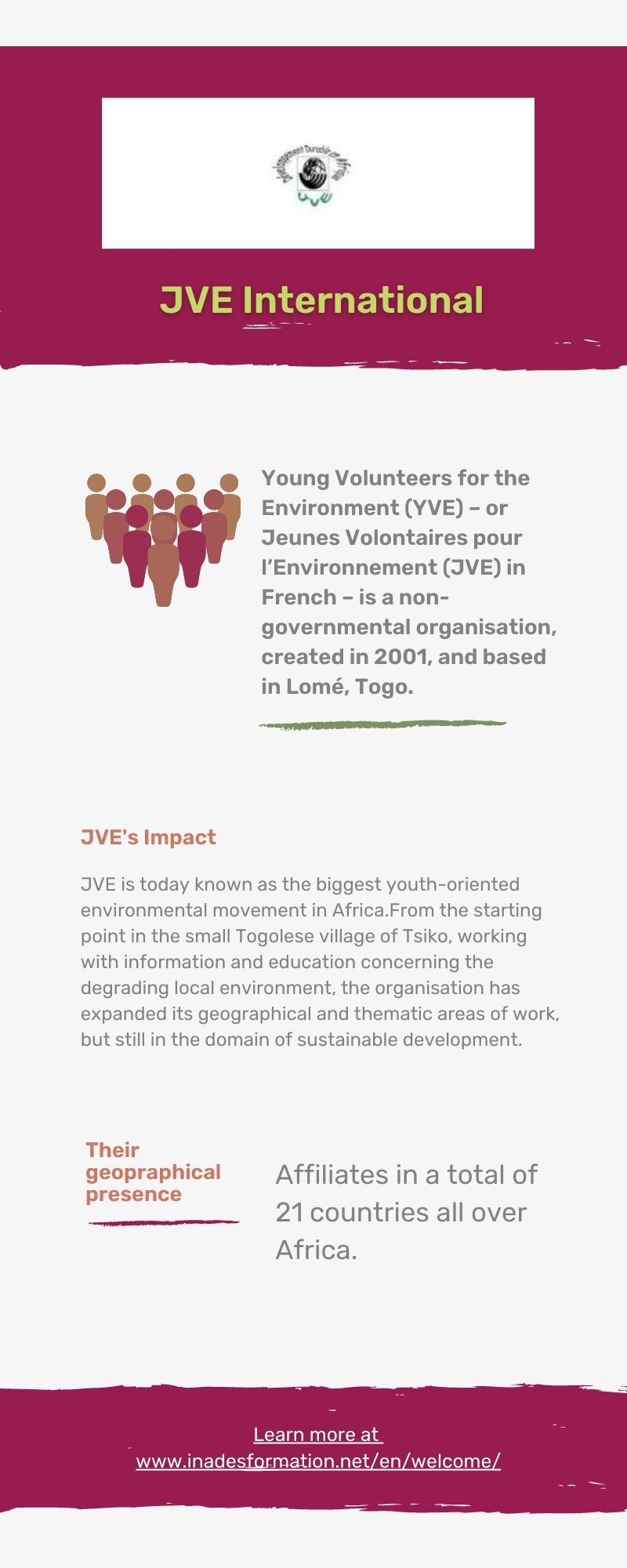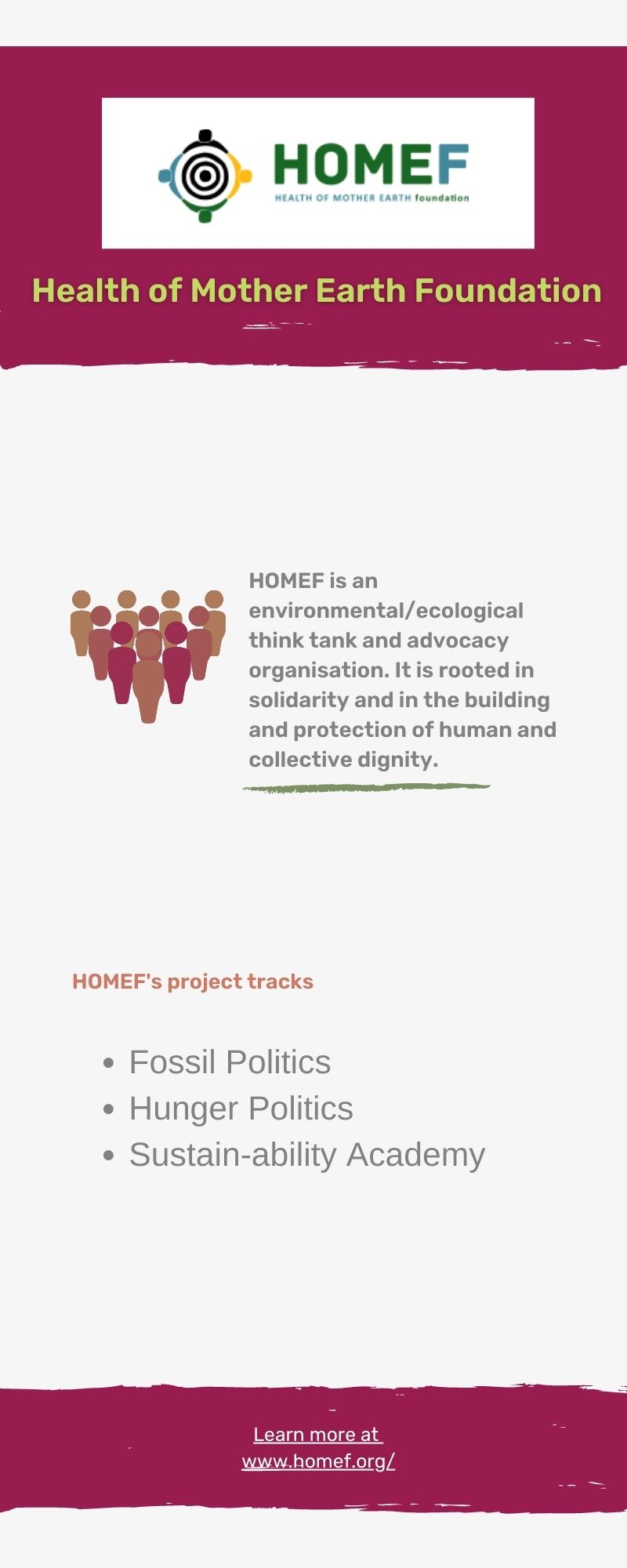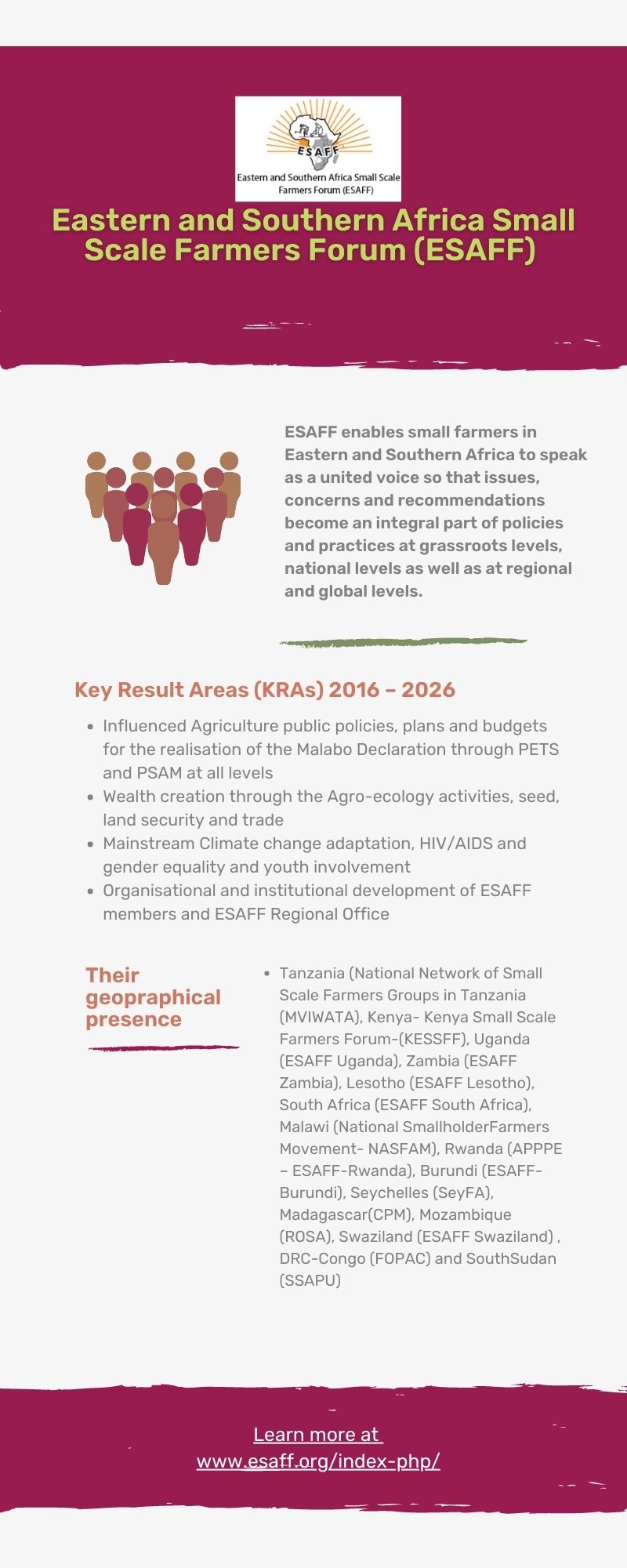By John Wilson
Today, Monday October 16th, sees yet another World Food Day come around. The theme of the day is a little different in that it is water not food. But as FAO’s tagline for the day says: ‘Water is life, water is food. Leave no-one behind.’ So, water has had two days of focus this year. Earlier in the year, on March 24th, we celebrated World Water Day.
Water is food……..water is life. FAO have nailed it with their theme for this year, water IS life, water IS food. It all starts with water. Water brought life to our planet. In this way water is sacred, as communities across the African continent historically recognized, with many springs everywhere being sacred sites until the recent past.
How can we restore this attitude towards water? If we understand that water is sacred and act accordingly, we can renew life and we will produce food in abundance.
Today, three organisations who are all part of AFSA in one way or another, have come together to host an event in Zvishavane, Zimbabwe. These are Muonde Trust, PELUM-Zimbabwe and Water School Africa. Zvishavane was the home of Zephaniah Phiri, Zimbabwe’s water-harvesting icon, one of Africa’s water-harvesting icons. Muonde Trust are keeping his legacy living on.
At the Muonde training centre in Mazvihwa communal land, around 100 farmers, civil society representatives, government employees and others, will gather in order to celebrate that ‘Water is life, water is food’. They will discuss how not to leave anyone behind. They will also visit families who at their households and on the land under their care are showing in practice what we need to do.
So, what DO we need to do, in order to revere water and treat it as sacred? As indicated in our article written earlier in the year on World Water Day (Restoring The Water Cycle: Understanding The Basics And Taking Action ), what we need to do is very straightforward and worth summarising again:
Understand the basics of the water cycle. Support this cycle of Nature as best we can and it will support us. The longer-term aim is to restore ground cover and canopies of trees and other plants, growing in healthy soil, in order to maximise infiltration of rainwater into the soil in any weather event. This vegetative canopy and cover, which in many instances will provide food for people and livestock, will then also cool its surroundings through shade and transpiration. The huge cooling effect of transpiration is often not given enough attention in our efforts at building resilience to climate change. Ensuring this infiltration of rainwater to grow vegetation lies at the heart of a healthy water cycle.
The shorter-term aim is to hold and sink any water running along any surface: catch it from roofs and sink into the soil, catch it from bare ground and sink it into the soil. Use contour ditches, pits, ponds, sand dams, small earth dams, small rocks on contours, half-moons, any of countless methods that can work in your area to design water-holding systems. It starts with households and extends to communities and landscapes. Water in the ground is productive, water running along the surface of the ground is destructive. It’s as simple as that. Catch water run-off water everywhere, hold it, spread it, sink it. Start as high in the landscape as you can and work downwards.
Last year I visited the Chemura family home in Mazvihwa. Handsome Chemura, supported by his family, is a water-harvester par excellence. He has combined his understanding of his landscape with learning from Muonde. On our tour of his family homestead, we started at the highest point. He has a whole system around his homestead that moves water this way and that, with different options depending on how much rain there is. There are pits, ditches on contour or with gentle slope, ponds with spillways, more ponds, more ditches and pits, more spillways. There’s an emergency ditch to carry water to the streamline if there’s a very heavy storm.
Handsome is the next generation Zephaniah Phiri. He understands water as he’s very water literate. He treats water as sacred and he’s helping restore the water cycle as best he can. We need hundreds, thousands, hundreds of thousands of households everywhere doing the same and also linking their systems up as communities across their landscapes. ‘Water is life, water is food. Leave no one behind.’
As India’s water man, Rajendra Singh, says: “If water is assured the other critical steps for life follow. If water is available from local sources first of all, food and nutrition security is enabled. Communities can then focus on agricultural development and become fully self-sustaining, economically viable units, creating rural livelihoods locally.”
See here for a number of Water School Africa online presentations on community water-harvesting activities:
John Wilson is a free range facilitator and activist in East and Southern Africa, with strong links to West Africa. He has worked with many different organizations at different levels — from community-based organisations to regional and continental networks, to help facilitate a stronger food sovereignty movement in Africa. Increasingly, he is focused on helping to catalyze and support collaborative and strategic work on agroecology and food sovereignty. He is presently the Chair of the Citizen and Agroecology Working Group of AFSA.






